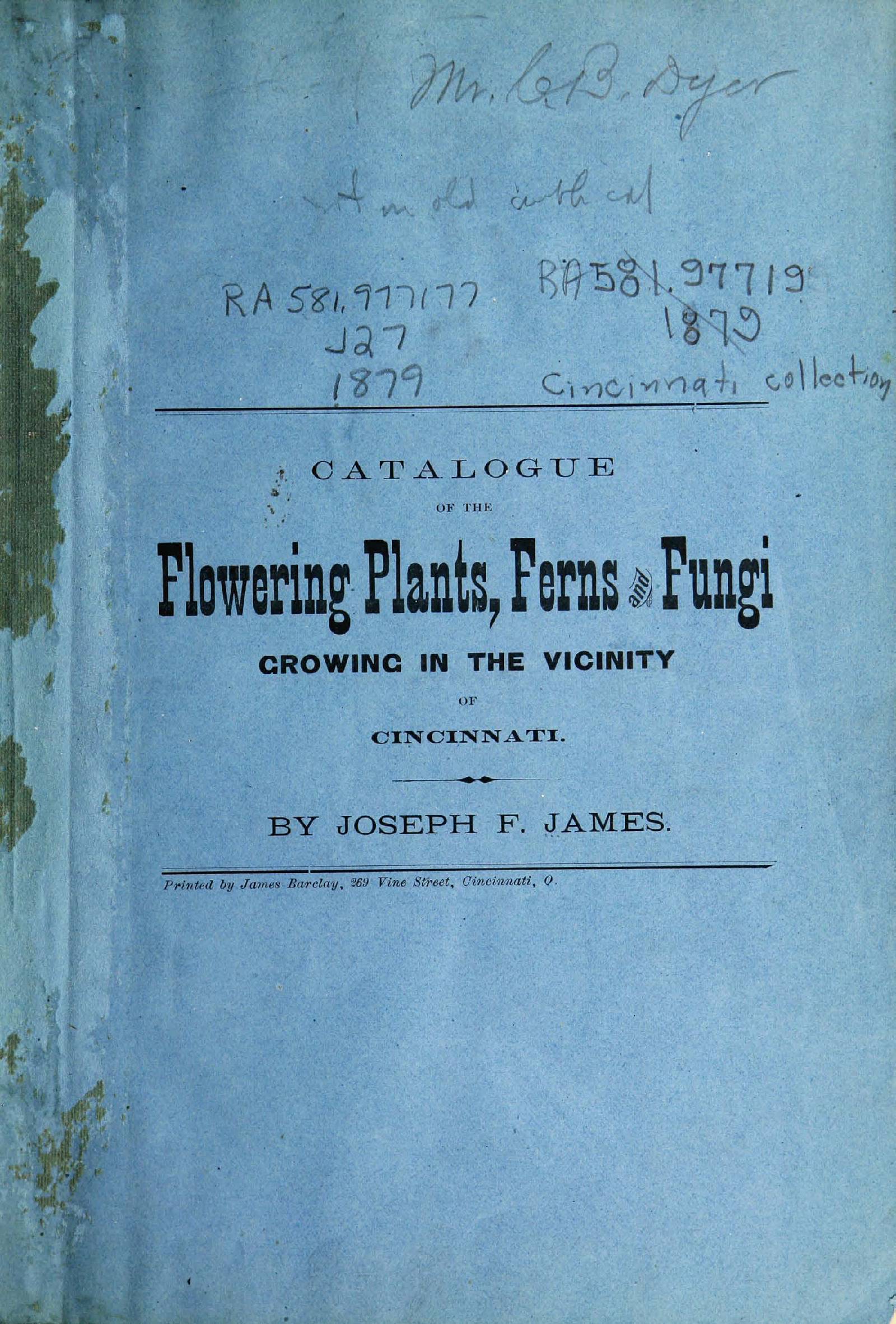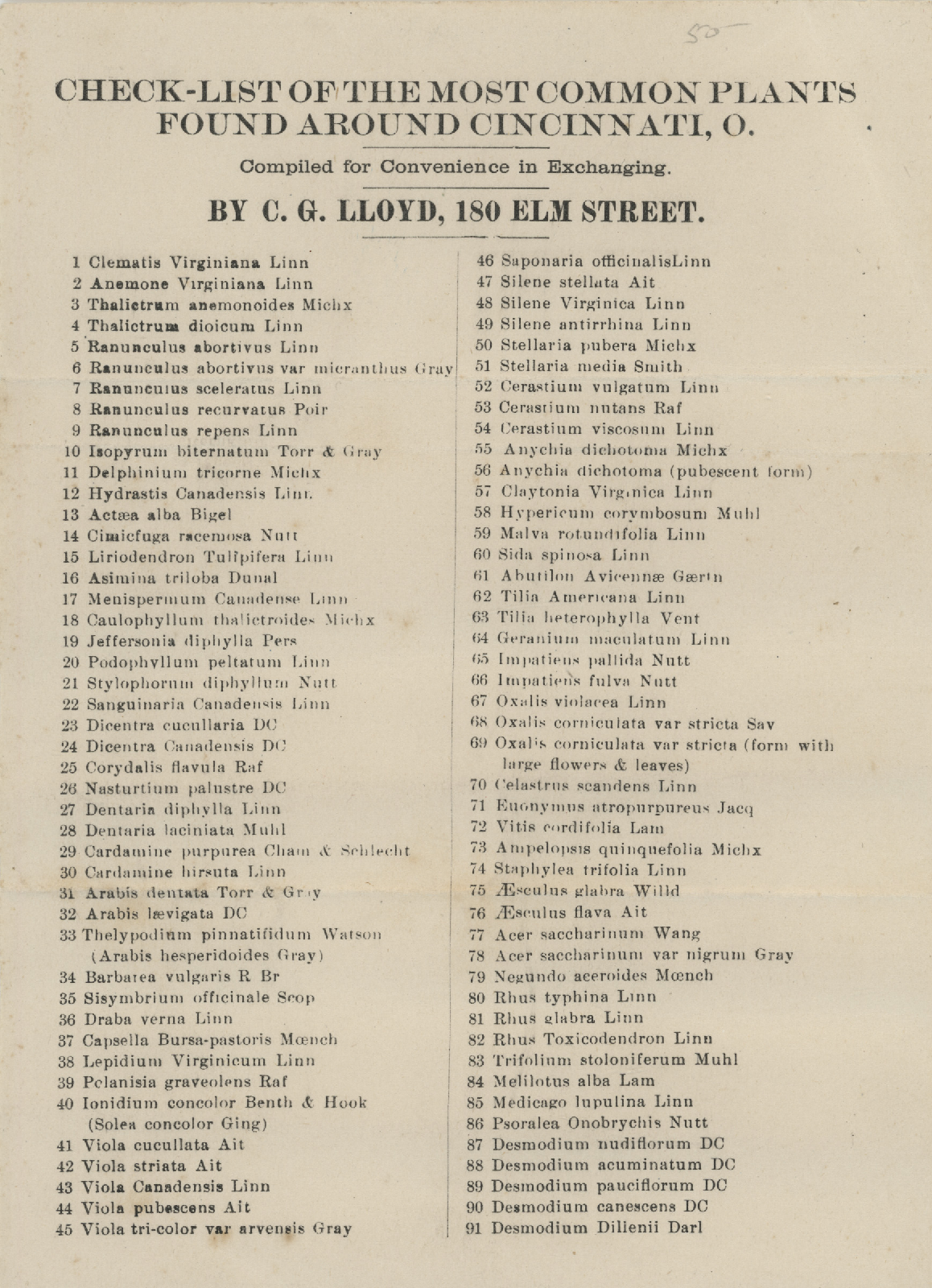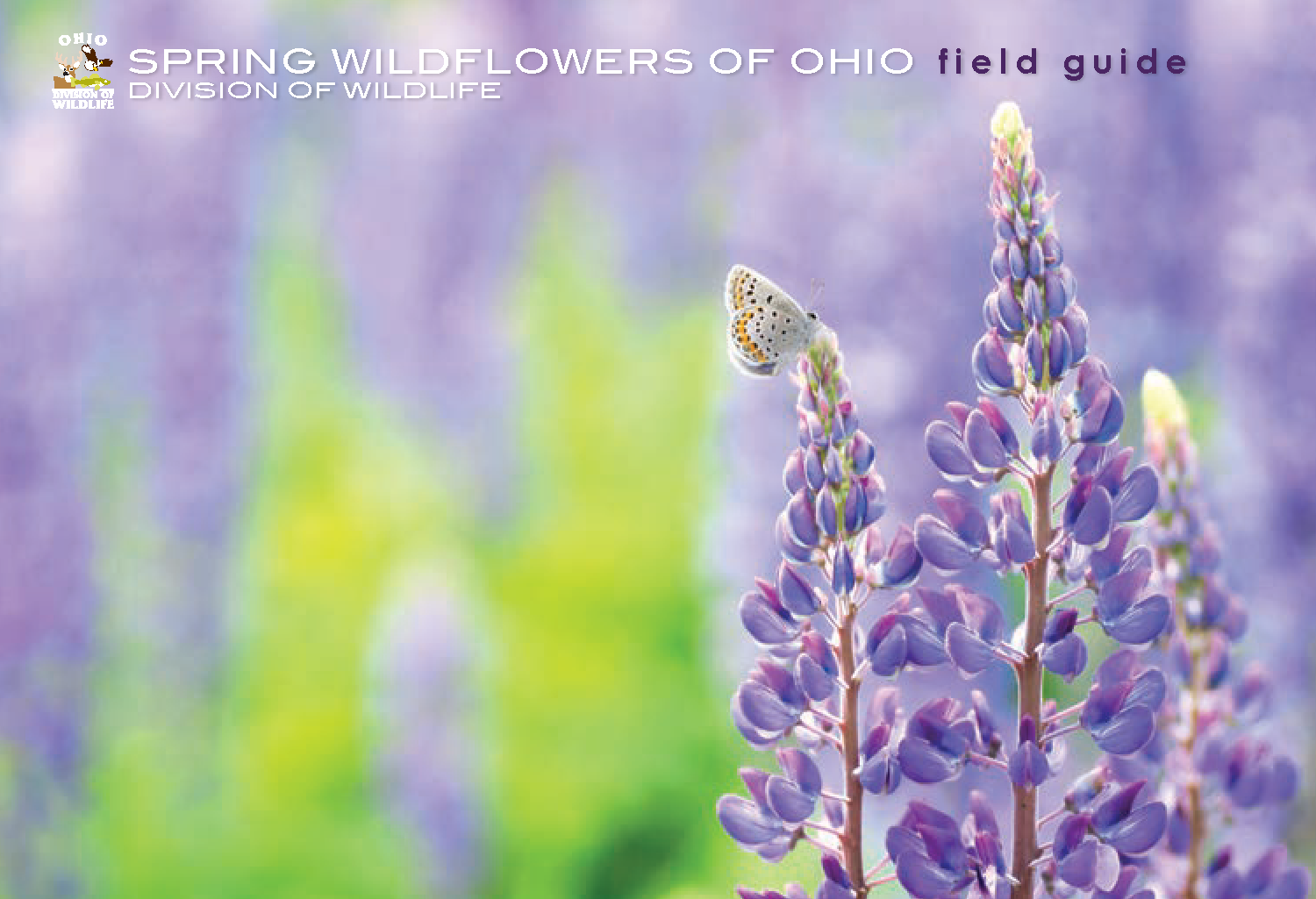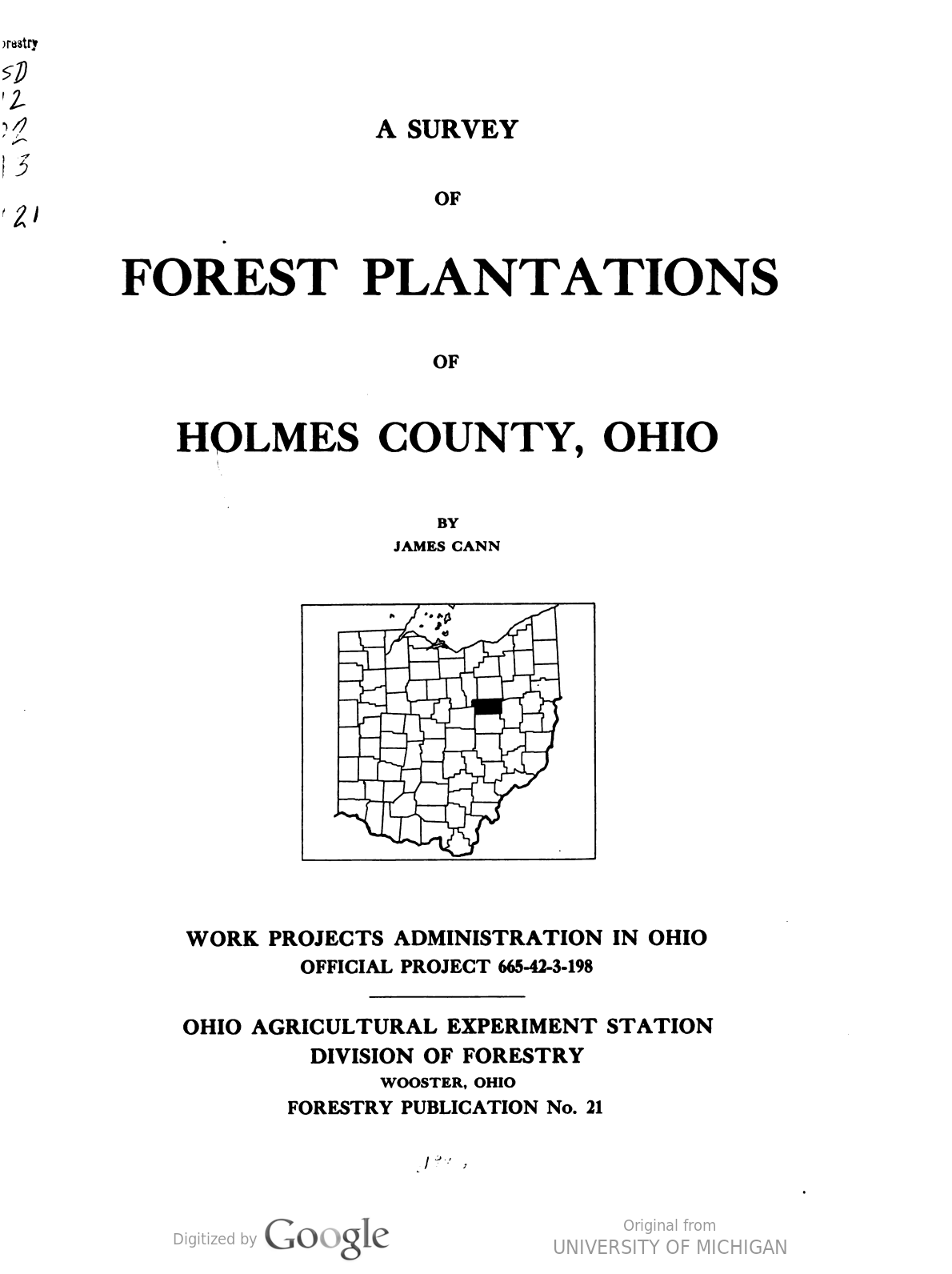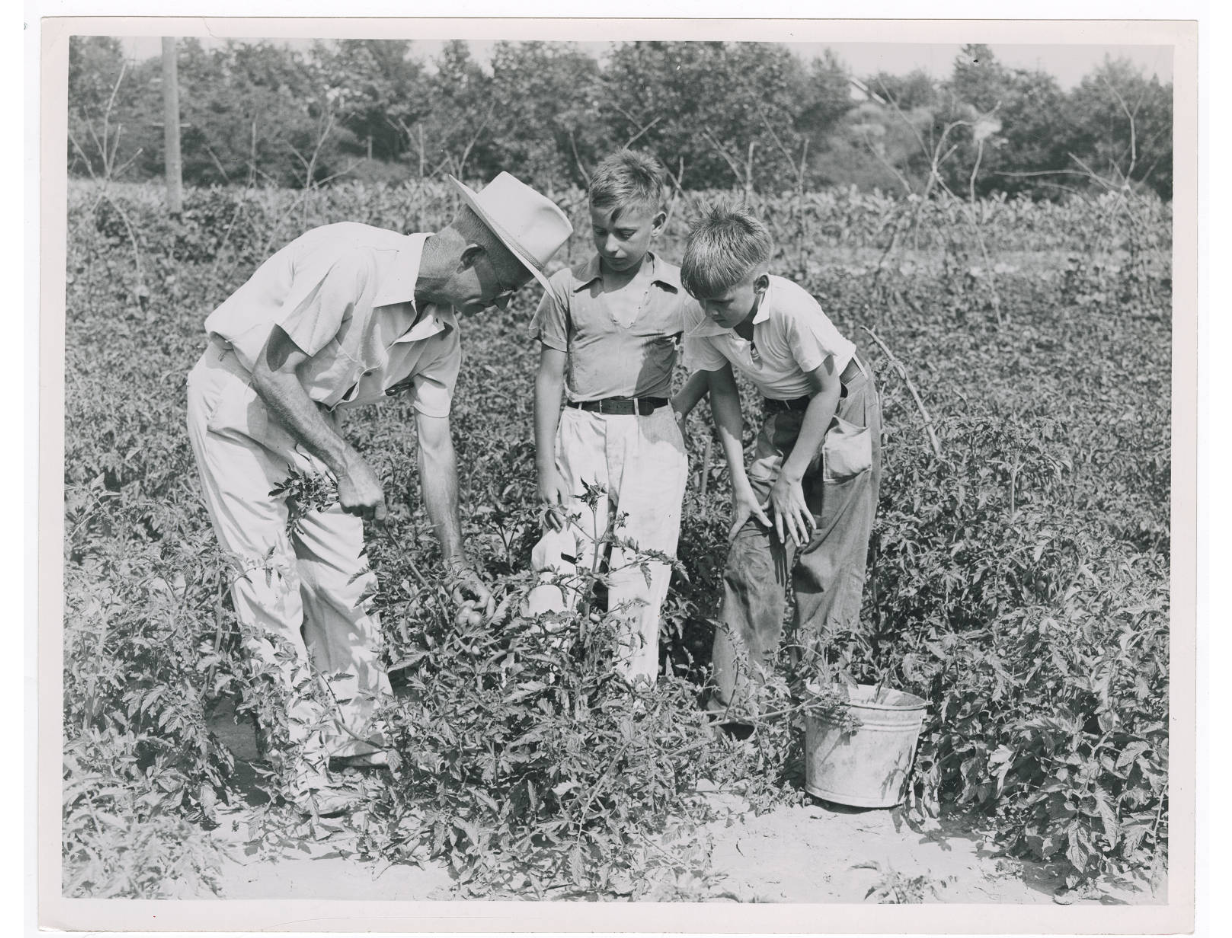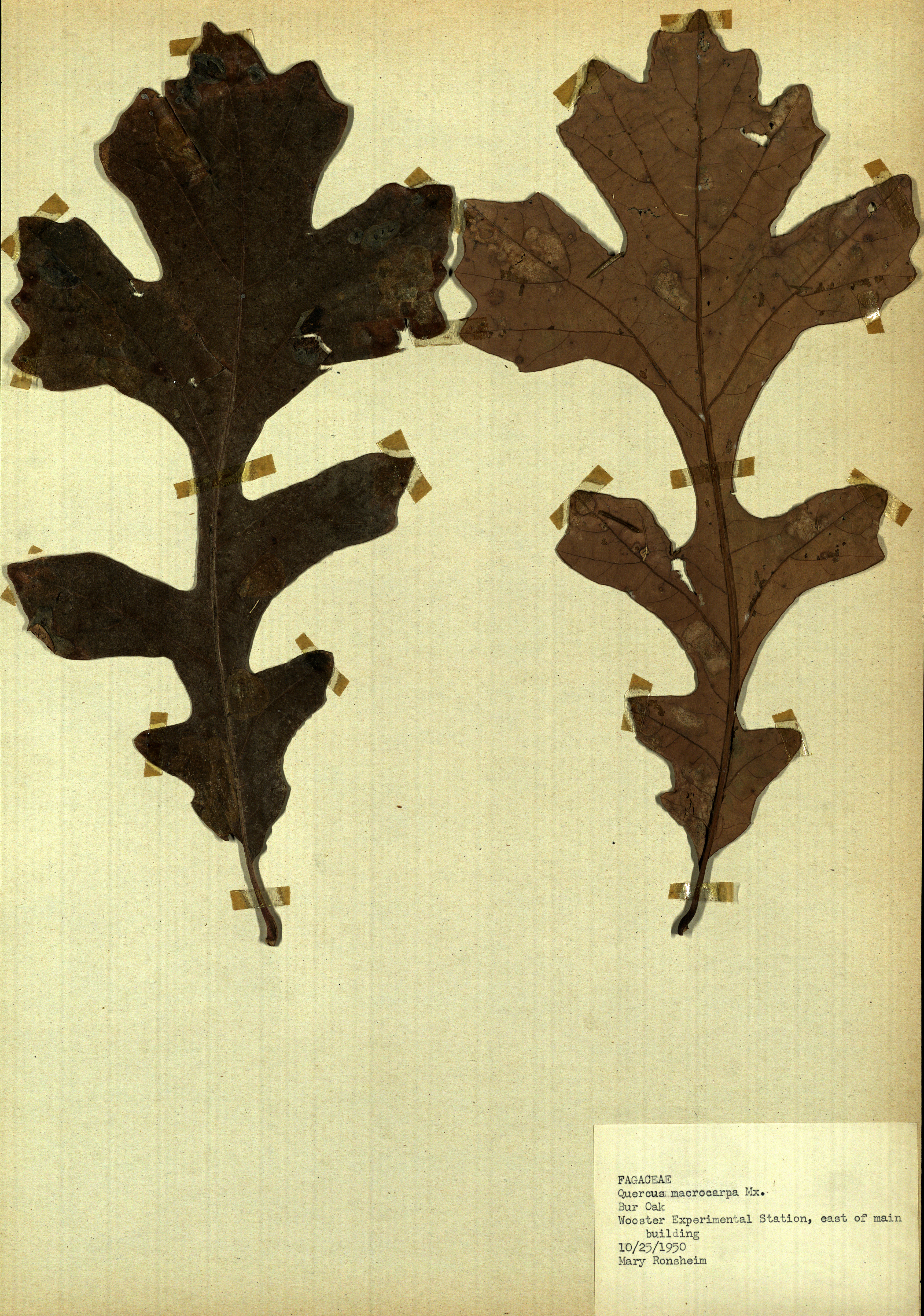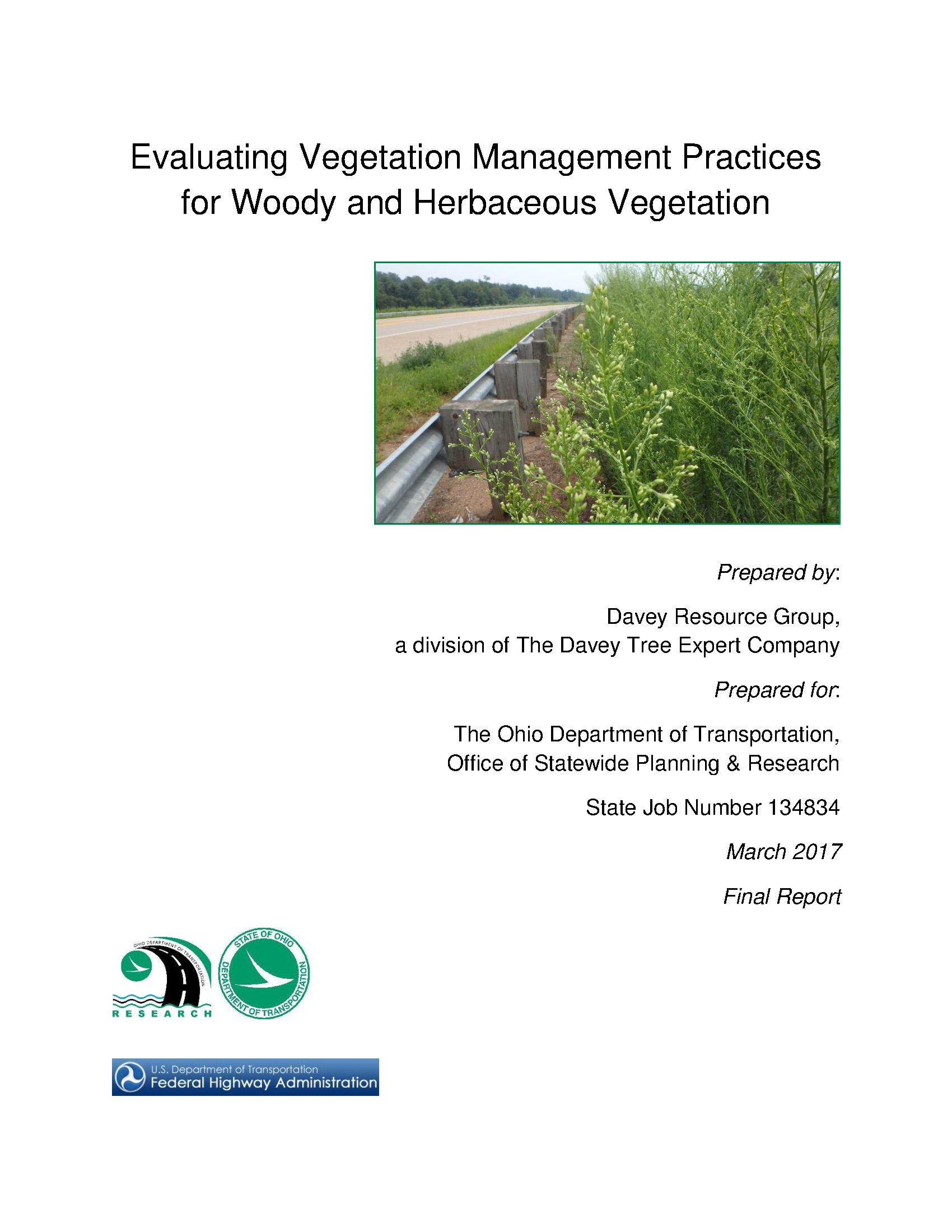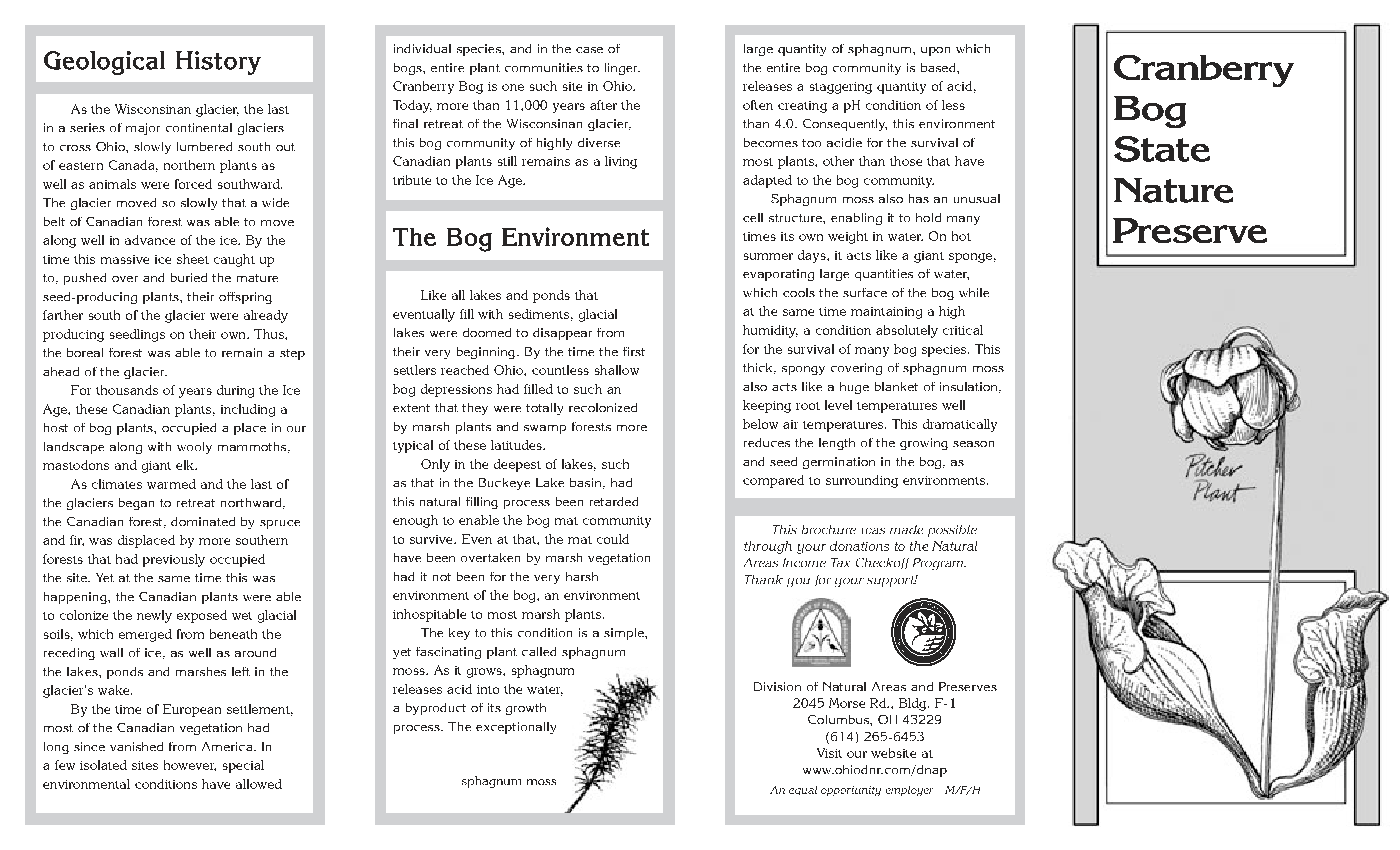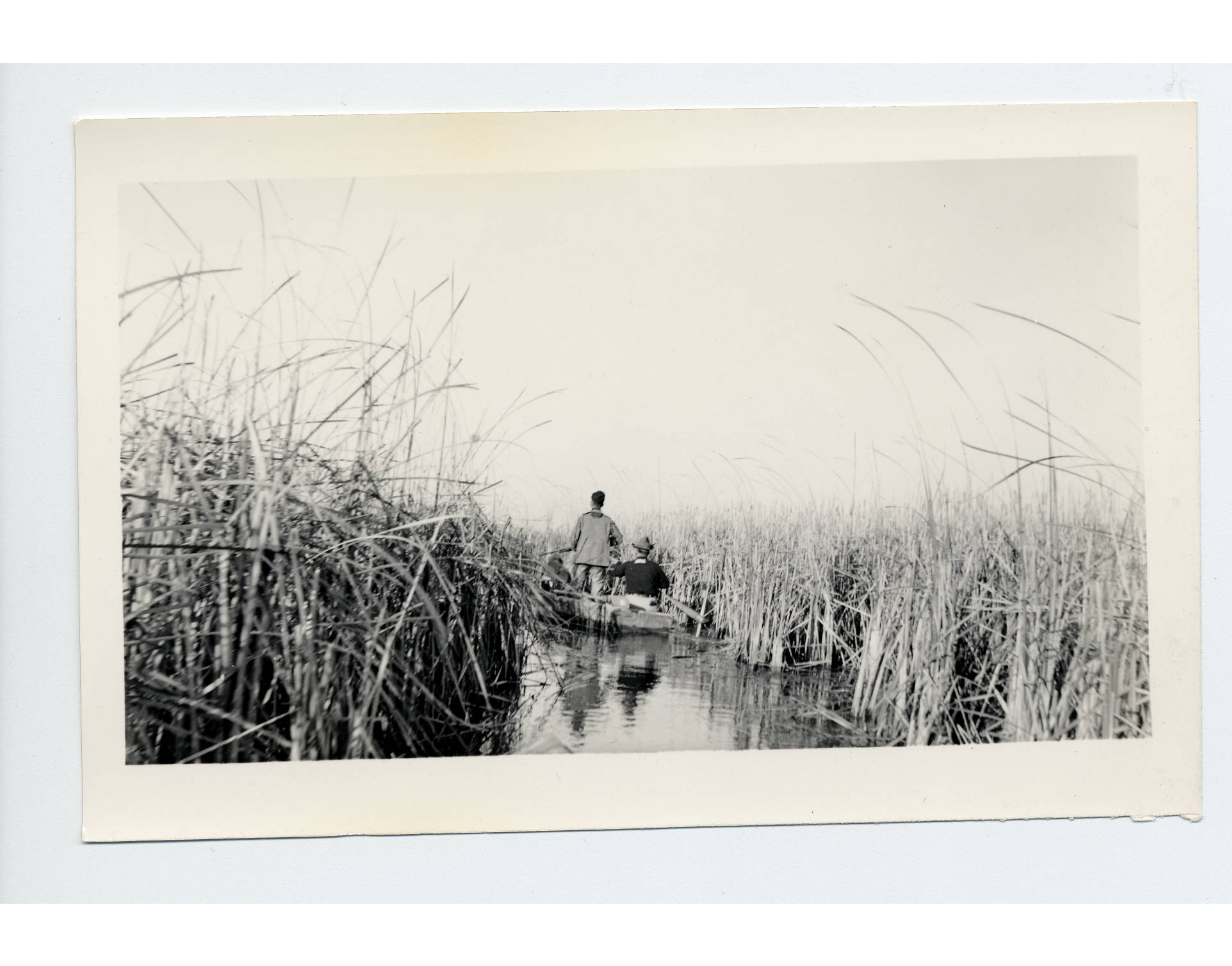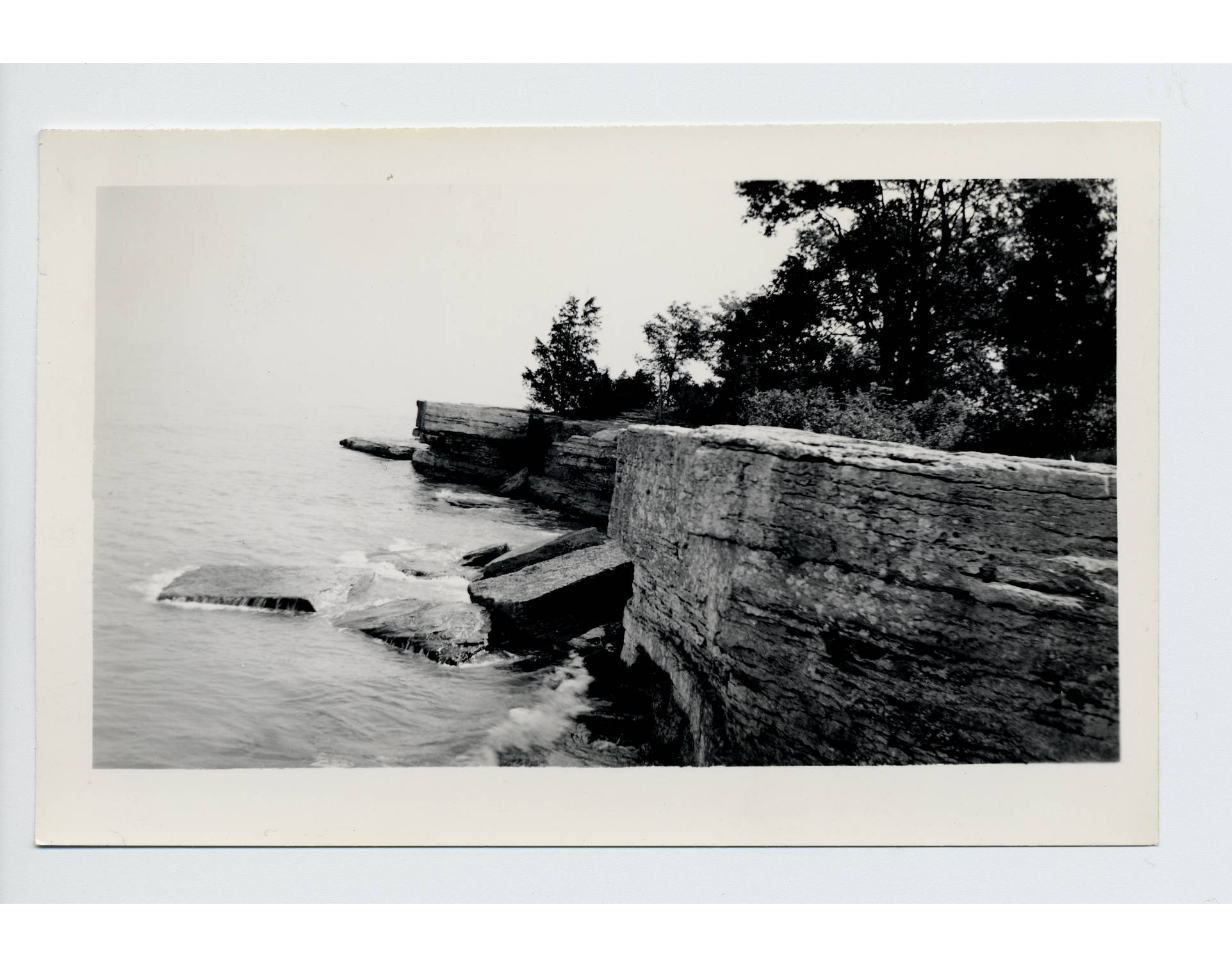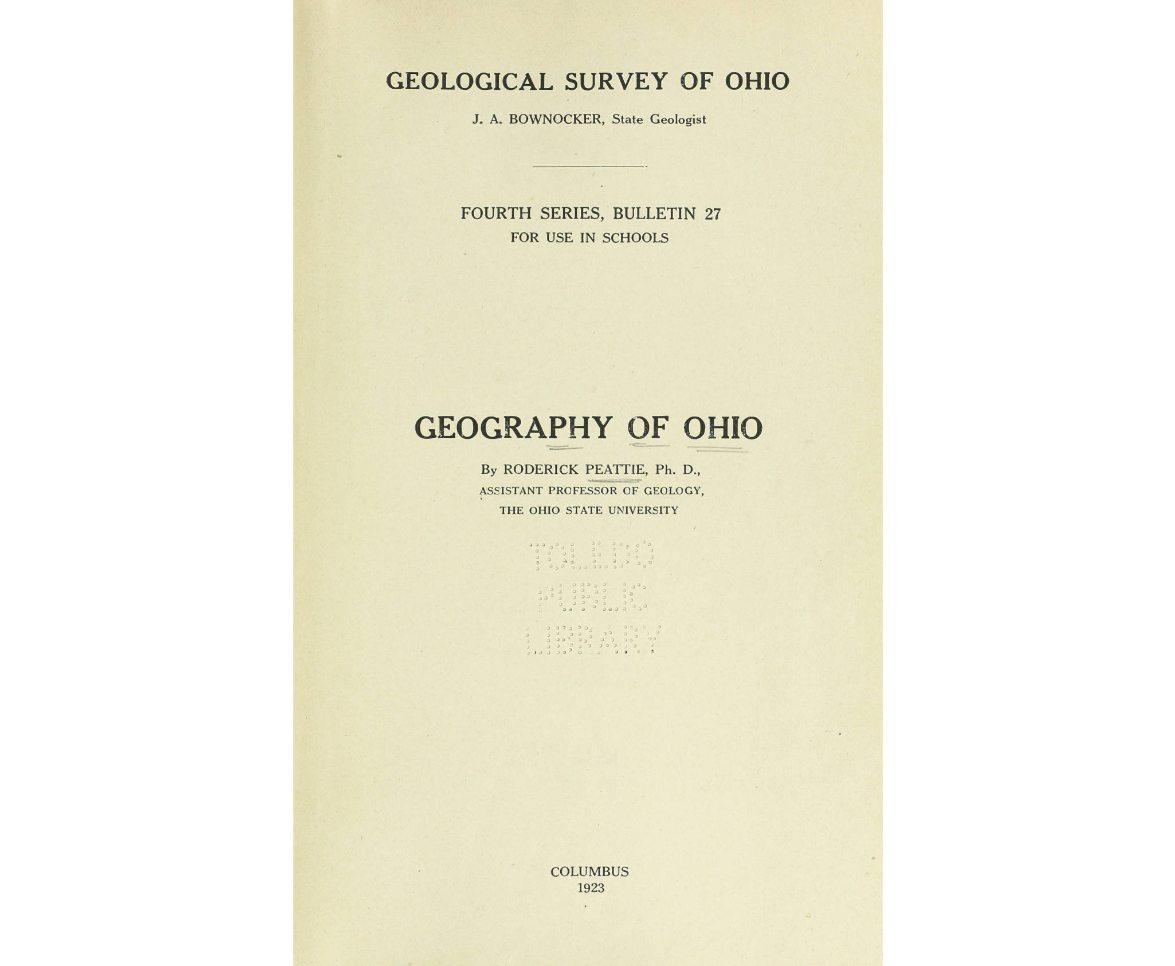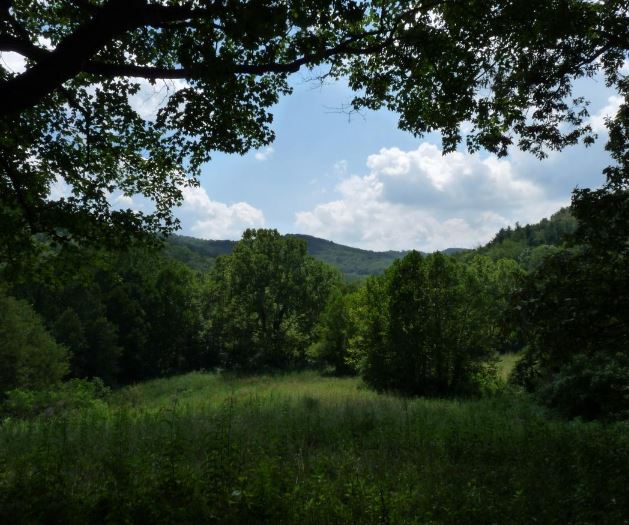Flora and Fauna of Ohio
Module Overview
- Topic: Flora and Fauna in Ohio
- Time Period: Ice Age – Present
- Keyword(s): geology, geography, biology, soil, invasive species, wildflowers, trees, cross-pollination, Ice Age, glaciers, erosion, agriculture, climate, urban development, topography, vegetation
- Grade Level(s): Fourth to high school
- Learning Standard(s):
- Social Studies Standards: Grade 4.11 (Geography), Grade 5.6 and 6.5 (Geography), Grade 8.15, Grade 8.16 (Geography), High School Geography: Environment and Society, High School Geography: Region
- Science Standards: K.LS.2, 3.ESS.1, 4.ESS.2, 4.ESS.3, 4.LS.1, 6.ESS.1, 6.ESS.4, 6.ESS.5, 8.ESS.3, 8.ESS.4, High School Biology B.DI.3, High School Environmental Science ENV.ES.3, ENV.ER.4, High School Physical Geology PG.EH.1, PG.GG.1
Ohio is diverse in many ways, including its topography. Because of the geological changes over millions of years, one can travel throughout the state and find different types of soils, rocks and plants growing in different areas.
When you start to compare a soil map of Ohio to a bedrock map, plus a map of how Ohio once looked during the years immediately following the Ice Age, it isn’t difficult to see a similar pattern among them.
As immigrants began settling in Ohio and the surrounding states, they brought many varieties of new plant species with them. Some adapted very nicely while others didn’t fare well in their new environments. Some of these plants, which we call “invasive species,” continue to pose threats to native plants because they can quickly take over their territory. Scientists are continually studying how the many plants present in Ohio can survive in harmony and sometimes even attempt to create hybrid species.
This primary source set takes students through the evolution of Ohio’s landscape from the Ice Age to the present and also includes experts theories and techniques on how they will face the evolution of Ohio’s species and geology for the future.
After the primary source items, you’ll find an Additional Resources list and a Teaching Guide that includes discussion questions and classroom activities.
Plants, Species And Environments
Types of Plants
Catalogue of the flowering plants, ferns and fungi growing in the vicinity of Cincinnati
Contributed by the Public Library of Cincinnati and Hamilton County
Checklist of the most common plants found around Cincinnati, O. : compiled for convenience in exchanging
Contribute by the Public Library of Cincinnati and Hamilton County
Spring wildflowers of Ohio : field guide
Forestry publication
Lesson in tomato farming
Invasive Species
Evaluating vegetation management practices for woody and herbaceous vegetation
Invasive plants of Ohio fact sheets
Environments
Cranberry Bog State Nature Preserve
Duck hunting in marshland
Kelley's Island shoreline
Geography of Ohio
Hocking Hills healthy woodlands : a plan for the woodlands of the Hocking Hills
Additional Resources
- Ohio Governor’s Residence and Heritage Garden. Since the early 2000s, visitors have been enjoying gardens with plants that grow in the different regions of Ohio – the Huron-Erie Lake Plains, Till Plains, Interior Low Plateaus (Bluegrass section), Allegheny Plateaus, and the Glaciated Allegheny Plateaus. Also showcased at the Governor’s Residence are green energy and sustainable design technologies. The gardens have been recognized as a Certified Wildlife Habitat and Monarch Waystation.
- Common Ohio Trees: Index to Ohio Trees, Ohio Department of Natural Resources, Division of Forestry. Each tree has its own link. Information on the tree includes the zone in which it most commonly flourishes, sunlight and soil needed, growth rate, mature height and spread, and shape, as well as a written explanation of planting requirements and potential problems. Descriptions on the identifying features (leaf, flower, fruit, bark, and twigs) are also listed. Links to related trees of each species is present on the left-hand side of the descriptions.
- Ohio Wildflower Species Profiles, Ohio Department of Natural Resources, Division of Natural Areas and Preserves. A short description and a few photographs of 18 different wildflowers are listed on this website. The Wildflower Gallery breaks up Ohio’s wildflowers into three sections – Prairie Wildflowers, Wetland Wildflowers and Woodland Wildflowers. There’s also a dropdown menu where one can select any one of the many nature preserves in Ohio to learn more about each.
- Ohio Perennial and Biennial Weed Guide, The Ohio State University, College of Food, Agricultural and Environmental Sciences. The default list for Ohio’s weeds on this resource is listed in alphabetical order by common (English) name with its Latin version in a right-hand column. Viewers can also search with a “most common” and photographic format. Each weed’s description includes its family of origin, alternative names, origin and distribution, a description of the plant, similar species, its toxicity and folklore. Pictures of each plant may include the seeds, seedlings, roots, leaves, and microscopic views.
- Ohio NRCS Soils, United States Department of Agriculture, Natural Resources Conservation Service. The USDA recognizes 24 distinct Land Resource Regions in the country based on land use, elevation and topography, climate, water, soils, and potential natural vegetation and Ohio represents 12 of those 24. A link is included to a downloadable and printable PDF document to display how these soil regions are distributed by county. A link is also provided to a very in-depth description of Miamian, the state’s main soil base.
- Ohio Invasive Plants Council, University of Cincinnati, Department of Biological Sciences. The home page displays a PDF “Fact Sheet” for 16 different invasive species. Each fact sheet lists a description of the plant, its habitat, the characteristics of why it’s considered invasive, and control methods as well as a photograph and a map of Ohio showing the counties (in green) where the species has been located. Also worthy of noting is a link of “invasive plant definitions” detailing different types of invasive plants.
Teaching Guide
Discussion Questions
- How would the different types of soil, landscapes, and rock-beds affect how well a plant grows?
- What constitutes whether a plant is “invasive?” What identifying characteristics must it have in order to be considered invasive?
- What efforts and being taken to preserve Ohio’s native species and habitats?
Download Discussion Questions (PDF)
Classroom Activities
- Have each student select a tree or wildflower to research and present to the class.
- Break the class into small groups. Assign a different region of Ohio to each group. The groups must create a trifold poster on the characteristics of their respective regions.
- Have the class individually collect 12 different species of plants native to Ohio – four types of tree leaves, four types of weeds, and four types of wildflowers (these are sample figures – teachers can decrease or increase the amount based on the grade level).
- Have each student or group of students “identify” a previously unknown plant species. It can be a tree, wildflower or weed, but they must describe in detail the characteristics of the plant, including its seeds, flowers, roots, habitat requirements, etc.
